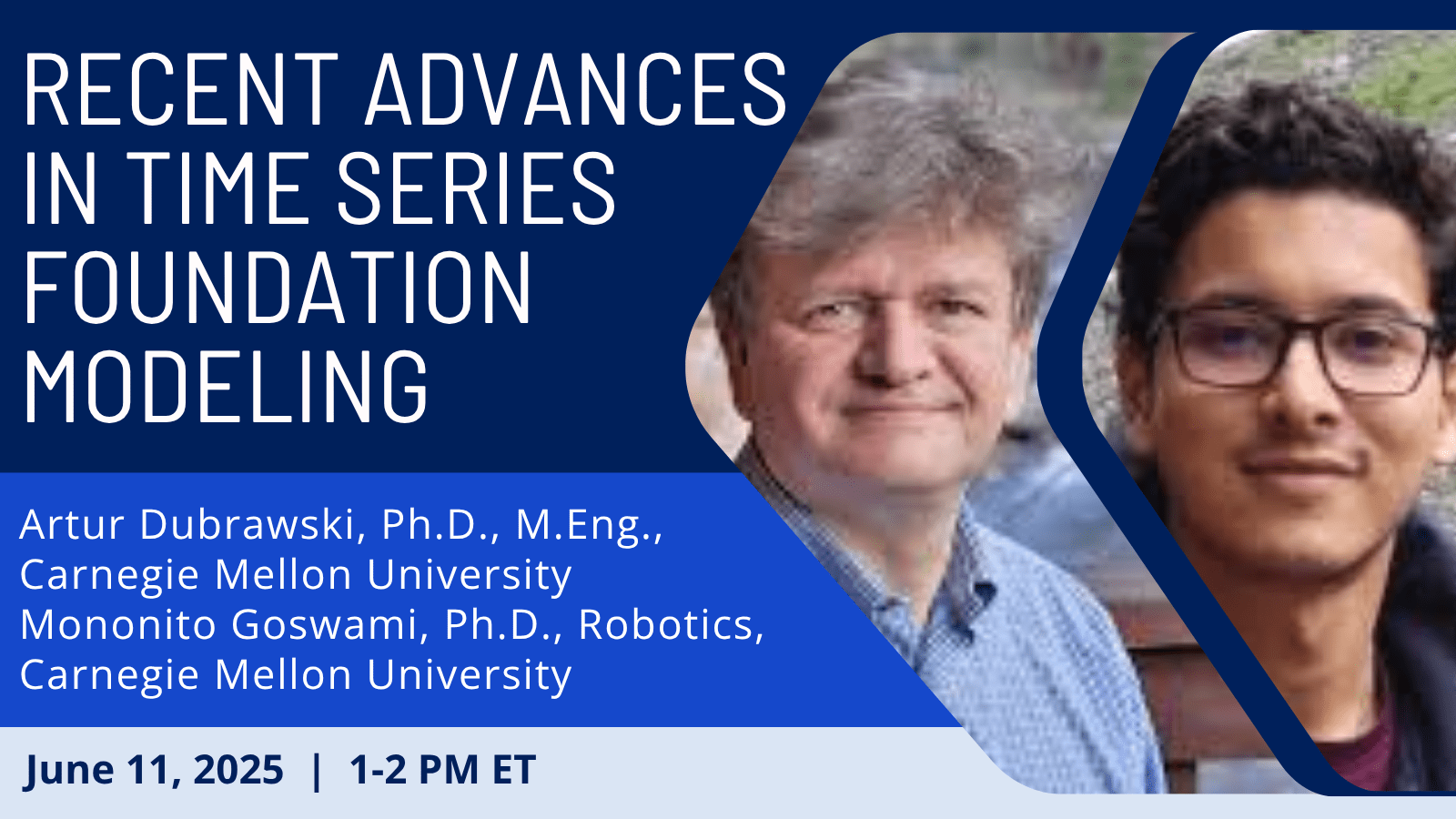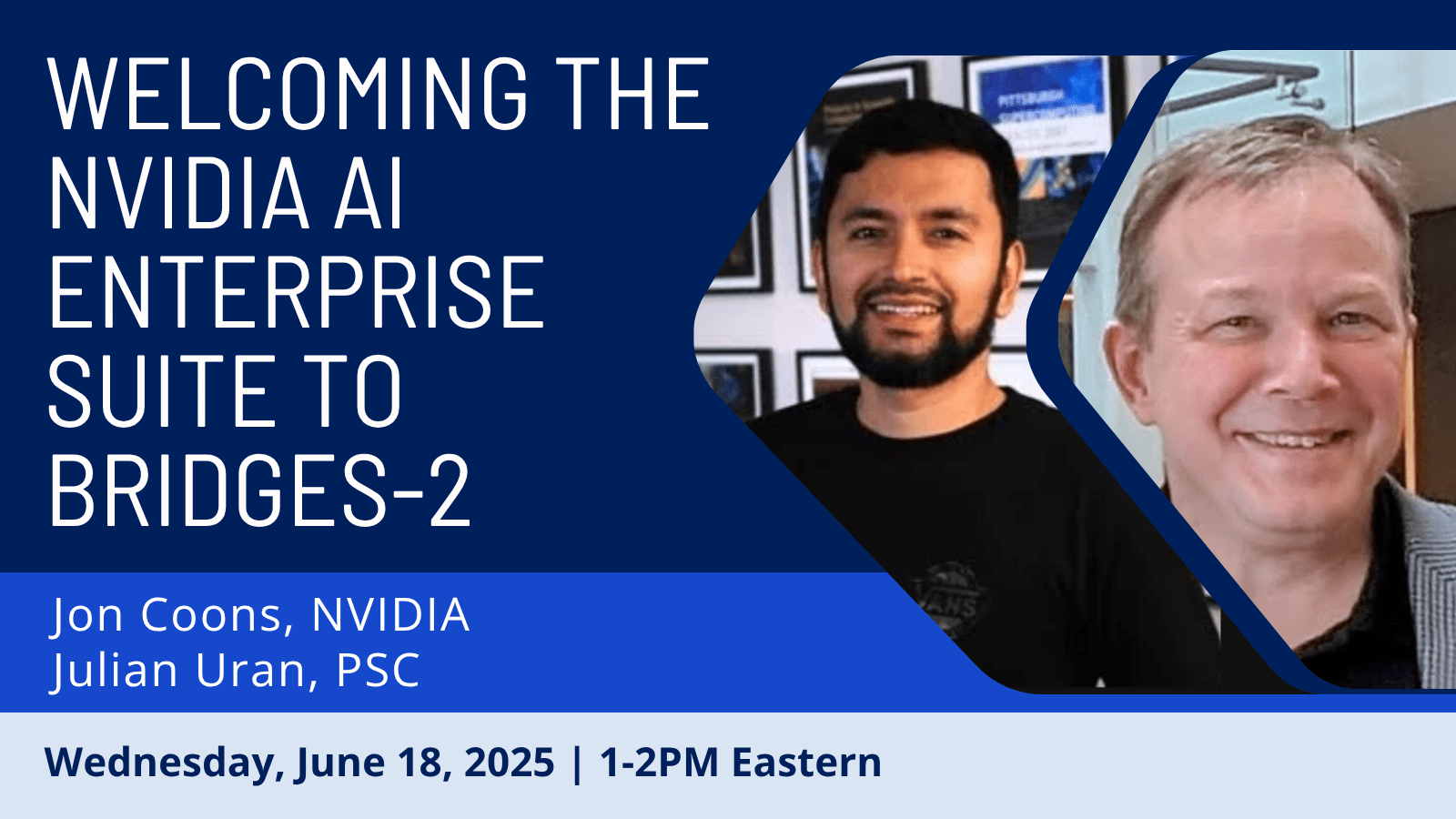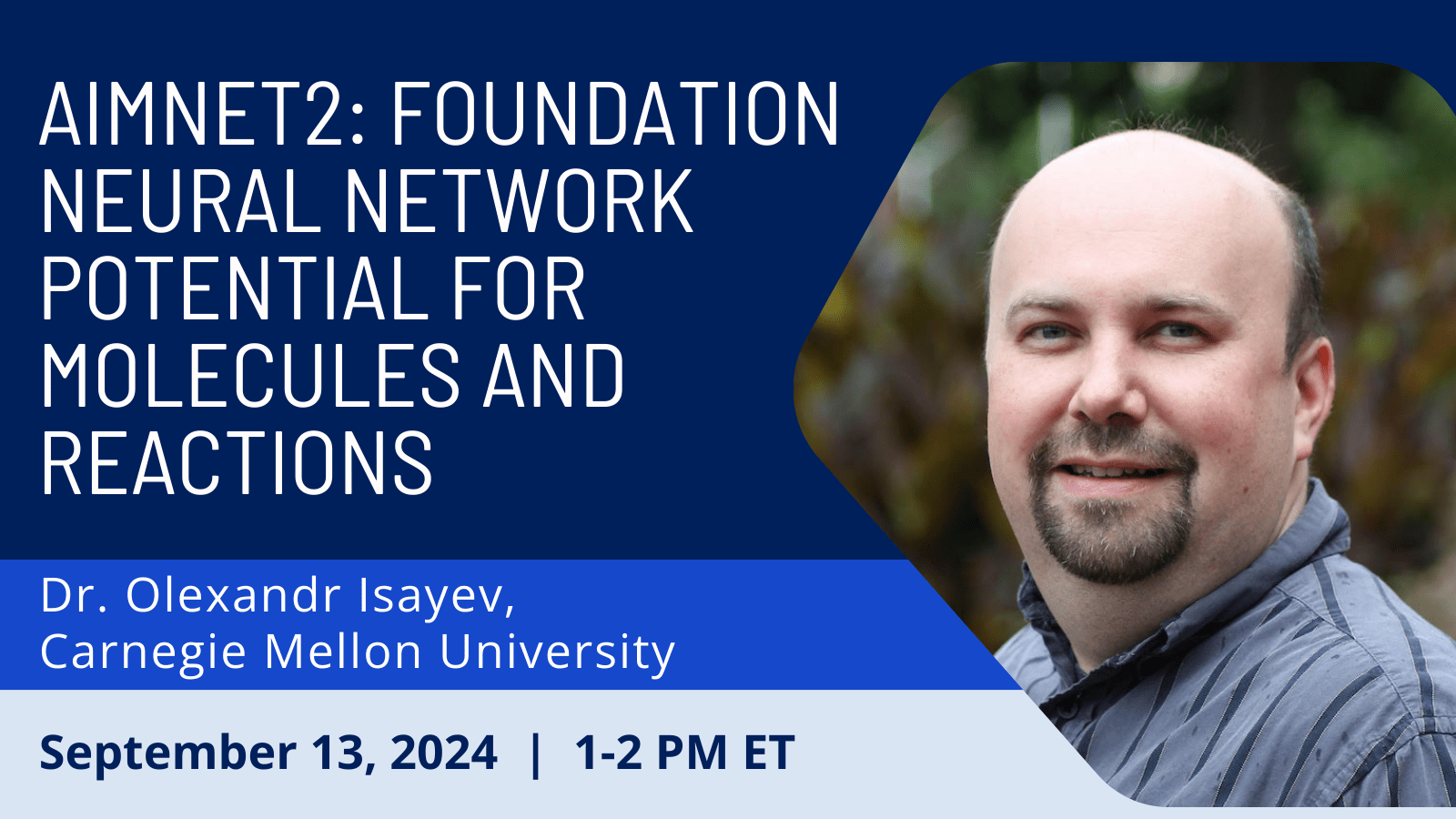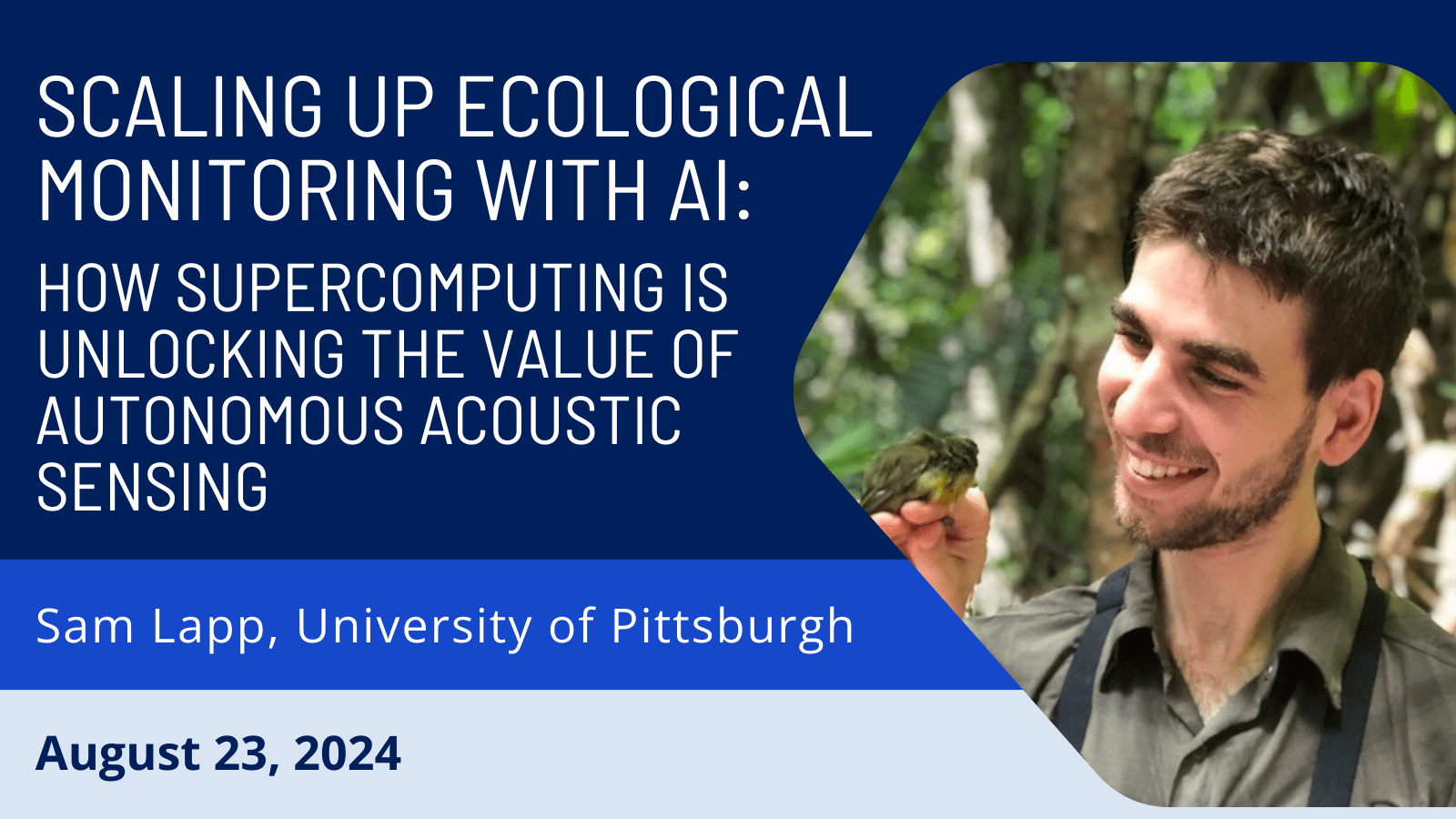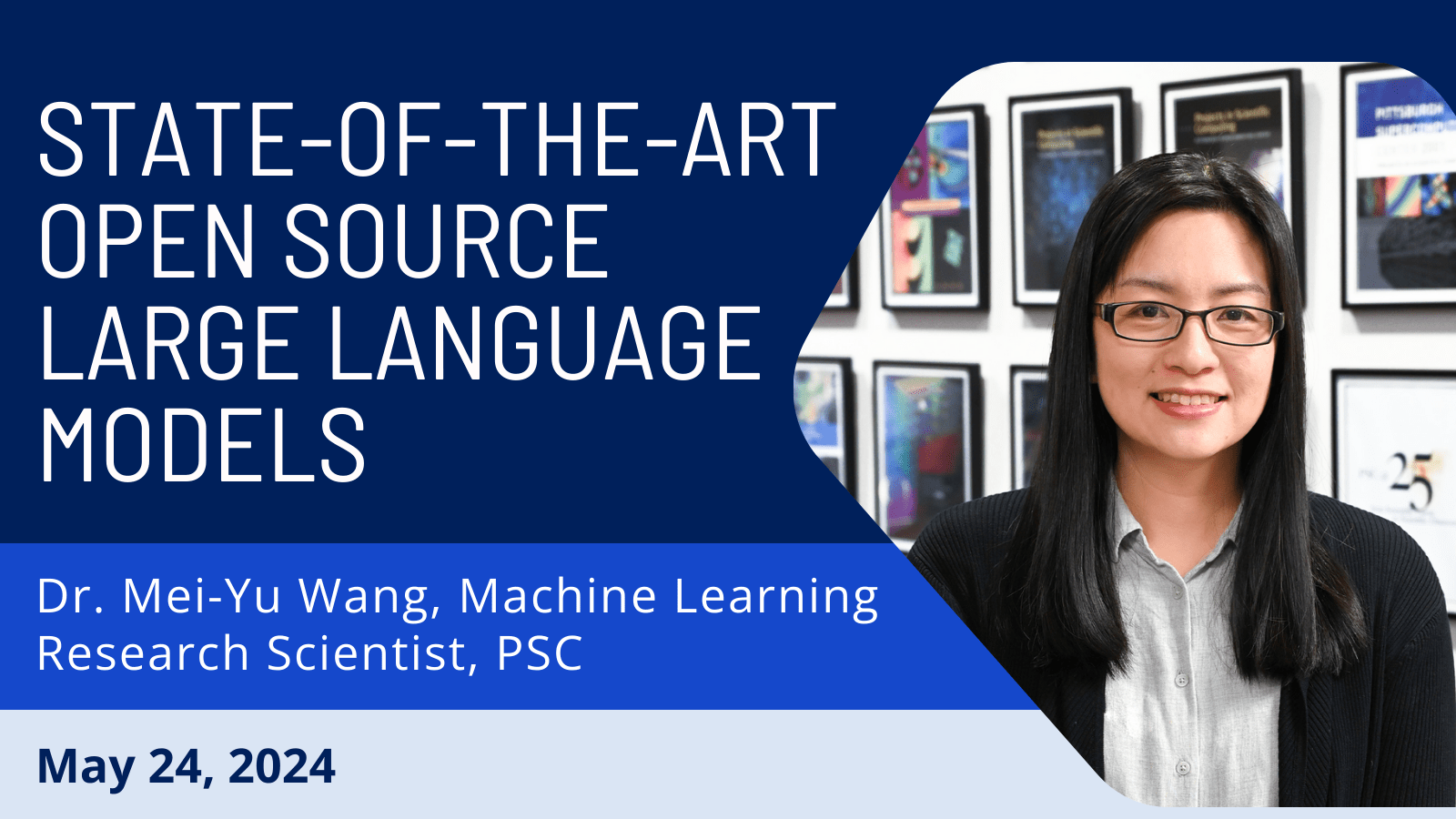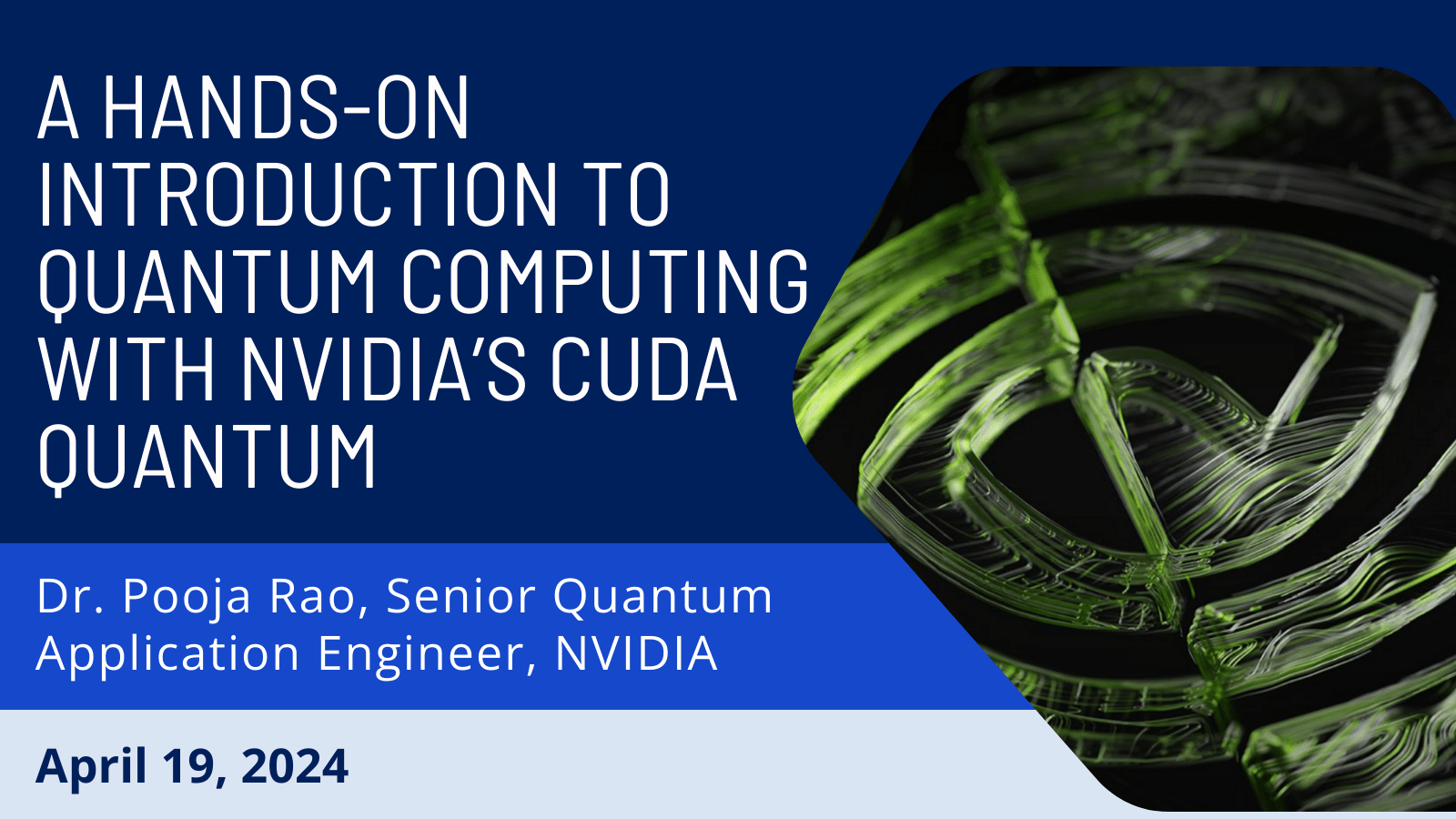Bridges-2 Webinar Series
2025 Webinars
Recent Advances in Time Series Foundation Modeling
Date: June 11, 2025, 1pm – 2pm Eastern time
Time series foundation models are changing how we work with time-based data, similar to how large pre-trained language and vision models transformed text and image modeling. In this talk, we will briefly introduce MOMENT, one of the first families of open-source time series foundation models. The talk will conclude with our latest research on developing foundation models that can handle longer and multivariate time series, methods to understand and steer these models, and how large language model agents can enhance time series machine learning engineering.
Welcoming the NVIDIA AI Enterprise Suite to Bridges-2
Date: June 18, 2025, 1pm – 2pm Eastern time
NVIDIA AI Enterprise (NVAIE) is a suite of software tools, libraries, and frameworks that accelerate and simplify the development, deployment, and scaling of AI applications. As part of their contribution to the National AI Research Resource (NAIRR) pilot project, NVIDIA is making NVAIE available to researchers and educators who utilize Bridges-2 H100 resources. In this webinar, we will introduce the NVAIE framework, including BioNeMo for drug discovery, PhysicsNeMo (physics-bound AI framework), and Cosmos for robotics and autonomous vehicles. NVAIE deployment on Bridges-2 H100 will be demonstrated by running the AlphaFold2-Multimer inference microservice, as an example of the applications that should be of interest to our community.
2024 Webinars
AIMNet2: Foundation Neural Network Potential for Molecules and Reactions
Date: September 13, 2024, 1 pm – 2 pm Eastern time
This talk will provide an overview into the latest developments of machine learning and AI methods and application to the problem of drug discovery and molecular design at Isayev’s Lab at CMU. We identify several areas where existing methods have the potential to accelerate computational chemistry research and disrupt more traditional approaches.
Scaling Up Ecological Monitoring with AI: How Supercomputing Is Unlocking the Value of Autonomous Acoustic Sensing
Date: August 23, 2024, 1 pm – 2 pm Eastern time
Using hundreds of sensors, bioacoustic monitoring transforms our understanding of birds, bats, and frogs, aiding biodiversity management, but analyzing the vast data produced is challenging. This seminar highlights three projects: using CNNs on GPU nodes to reveal habitat needs for Great-horned Owls; extreme-memory nodes detecting the rare Panamanian golden frog; and CPU/GPU parallelization tracking Pennsylvania songbirds’ territory use. These projects show how high-performance computing enhances AI in bioacoustic data analysis, improving biodiversity understanding and conservation.
Utilizing Bridges-2 for State-of-the-art Open Source Large Language Models
Date: May 24, 2024, 1 pm – 2 pm Eastern time
This webinar will demonstrate how to deploy DL applications with popular large language models, including creating environments, running Jupyter notebooks, and enabling fine-tuning/inference with single or multiple GPUs.
A Hands-On Introduction to Quantum Computing with NVIDIA’s CUDA Quantum
Date: April 19, 2024, 1 pm – 2 pm Eastern time
In this hands-on workshop, we will explore the fundamentals of quantum computing and apply them to construct quantum applications. The workshop will also introduce tools for interfacing quantum and classical components through a commonly used machine learning workflow.
2023 Webinars
Parallel Physics-informed Neural Networks via Domain Decomposition
Date: January 25, 2023, 1 pm – 2 pm Eastern time
During this webinar, a team from Brown University presented a parallel algorithm for conservative PINNs and extended PINNs constructed with a hybrid programming model described by MPI + X, where X ∈{CPUs ,GPUs}.
Multi-GPU MuST
Date: April 19, 2023, 1 pm – 2 pm Eastern time
The MuST package is computational software designed for ab-initio electronic structure calculations for solids. This webinar will describe how to accelerate electronic structure calculations using MuST on multiple GPUs on Bridges-2.

GROMACS on Bridges-2: Optimizing Job Scripts for Performance and Efficiency
Date: June 9, 2 pm – 3 pm Eastern time
This webinar will discuss the run-time options that can affect the performance of a GROMACS job on Bridges-2.

Data-driven computational pipelines
Date: June 26, 2023, 2 pm – 3 pm Eastern time
This webinar reviews frameworks which can empower researchers to build robust and scalable data-driven computational pipelines on Bridges-2.

Utilizing Bridges-2 for Deep Learning Distributed Training
Date: September 26, 2023, 1 pm – 2 pm Eastern time
We will show how to deploy multi-GPU training for deep learning applications, such as with Pytorch and Tensorflow frameworks, using Bridges-2. Topics include how to modify code to run training on a single node or multiple nodes, how to set up an environment, how to run jobs in either interactive or batch mode or with a Jupyter notebook, and factors that affect performance.

